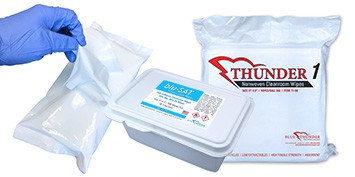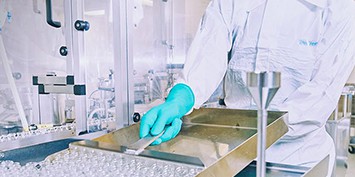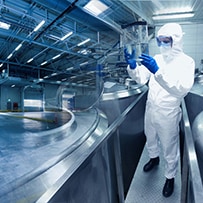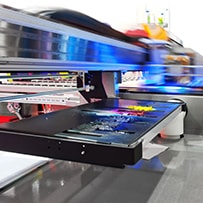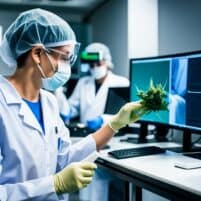Ever wondered about the insidious nature of chemical contamination in cleanrooms? Join us on a journey to uncover its mysteries, understand its sources, and learn how to combat it effectively.
What is Chemical Contamination in the Cleanroom?
Chemical contamination in cleanrooms refers to the presence of unwanted chemicals or residues that can compromise the cleanliness and/or the sterility of the environment. These contaminants can originate from various sources and pose a significant challenge to cleanroom operations.
Sources of Chemical Contamination in Cleanrooms
Chemical contamination can stem from a variety of sources within and outside the cleanroom environment. Some common sources include:
- Improper Cleaning Agents: Improper use or selection of cleaning agents can leave behind chemical residues that can contaminate surfaces and equipment.
- Process Chemicals: Chemicals used in manufacturing processes within the cleanroom can contribute to chemical contamination if not properly controlled or contained.
- Airborne Chemicals: Chemicals present in the air, such as volatile organic compounds (VOCs) or fumes from adjacent areas, can infiltrate the cleanroom and contaminate surfaces.
- Personnel: Human activity can also introduce chemicals into the cleanroom environment through the use of personal care products, cosmetics, or clothing treatments.
According to one study, it was found that construction materials and polymers used in cleanrooms can release organic contaminants, especially in industries like semiconductors, disk drives, optics, and aerospace. These contaminants, such as organophosphates from HEPA filter potting compounds, can lead to significant yield losses in manufacturing. Various methods, including air sampling and different types of tests, are compared to assess organophosphate contamination. It was found that the dynamic headspace GC-MS “screening tests” at 100°C is recommended for evaluating these contaminants from cleanroom materials.
Prevention and Removal of Chemical Contamination in Cleanrooms
Preventing and removing chemical contamination in cleanrooms require a multi-faceted approach that includes the following strategies:
- Proper Ventilation: Ensure adequate ventilation and air filtration systems are in place to minimize the infiltration of airborne chemicals into the cleanroom.
- Use of Compatible Cleanroom Disinfectants: Use cleaning agents that are compatible with cleanroom materials and equipment to avoid leaving behind chemical residues.
- Regular Monitoring: Implement a regular monitoring program to detect and identify chemical contaminants in the cleanroom environment.
- Training and Education: Provide training to cleanroom personnel on the proper use and handling of chemicals to minimize the risk of contamination.
- Containment and Segregation: Store and handle chemicals in designated areas outside the cleanroom and use containment measures to prevent spills or leaks.
By incorporating these strategies into your cleanroom management practices, you can effectively prevent and remove chemical contamination, ensuring a clean and safe environment for your operations.
In conclusion, chemical contamination is a pervasive threat to cleanroom environments, but with the right strategies and practices in place, you can mitigate its impact and maintain a sterile environment.
